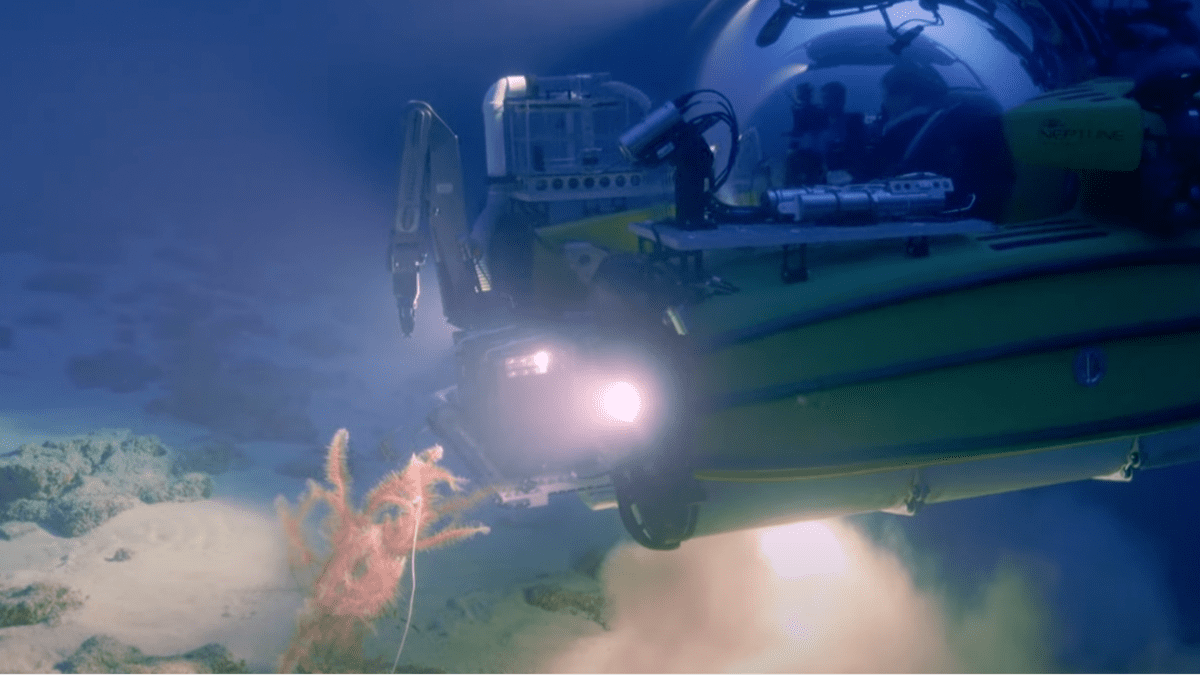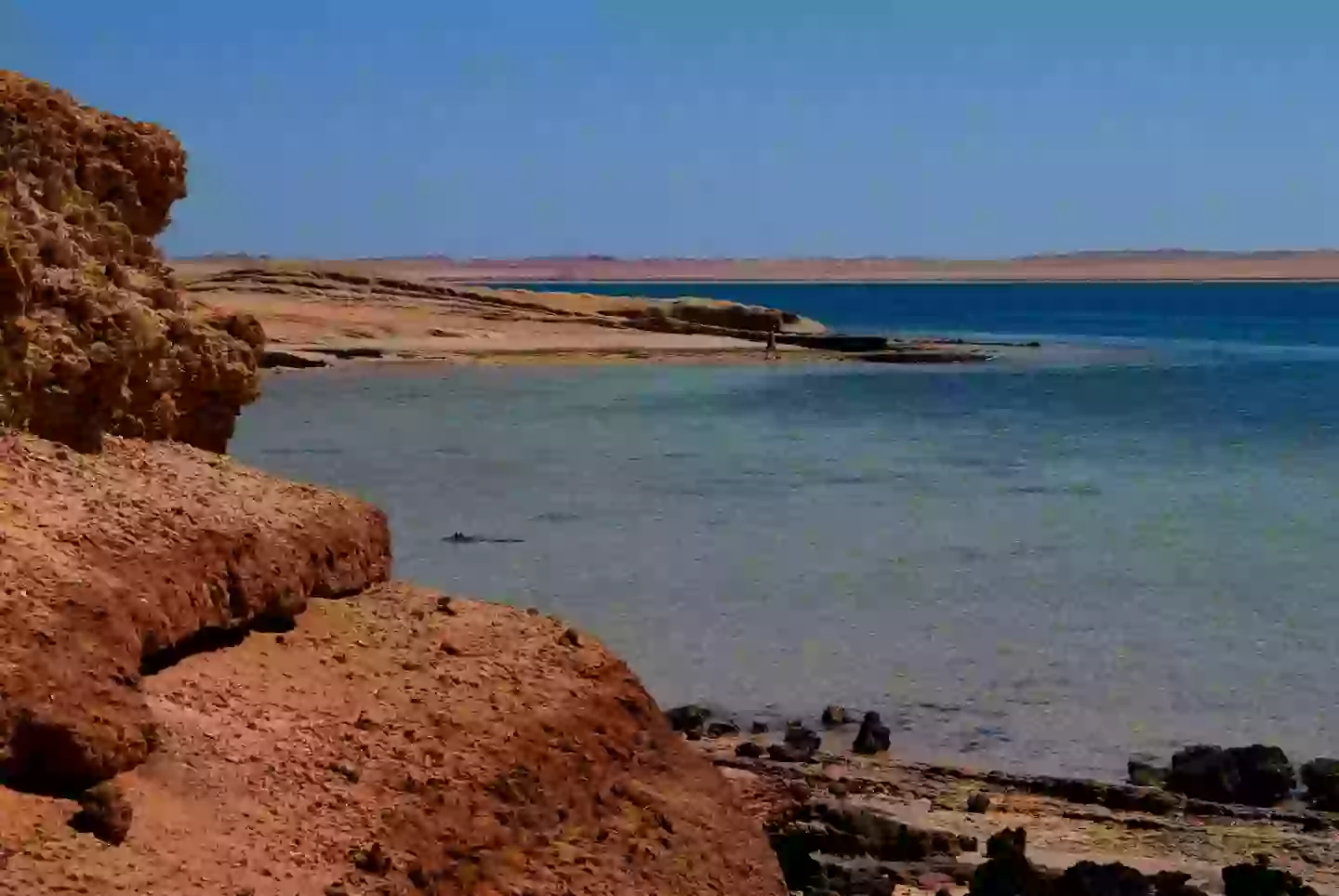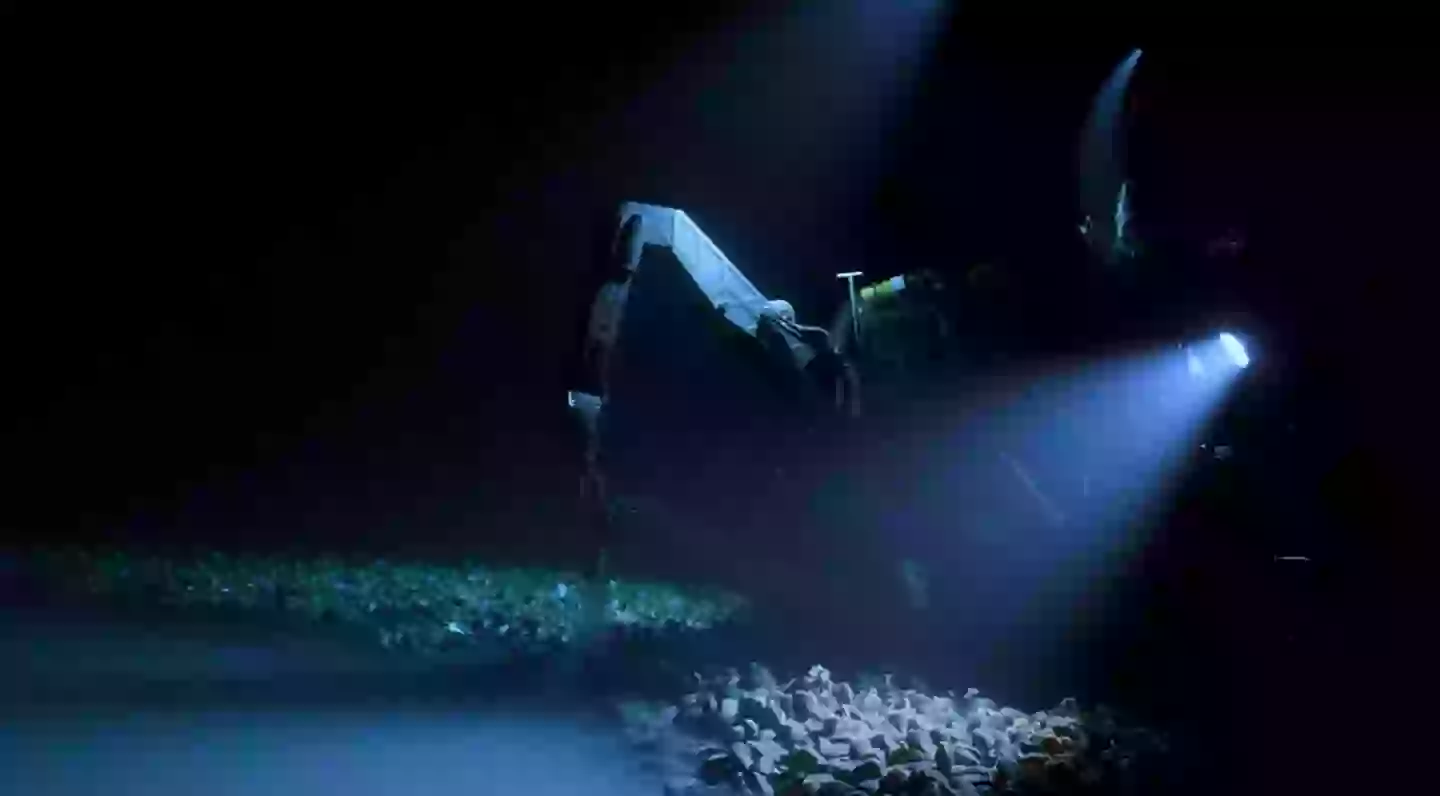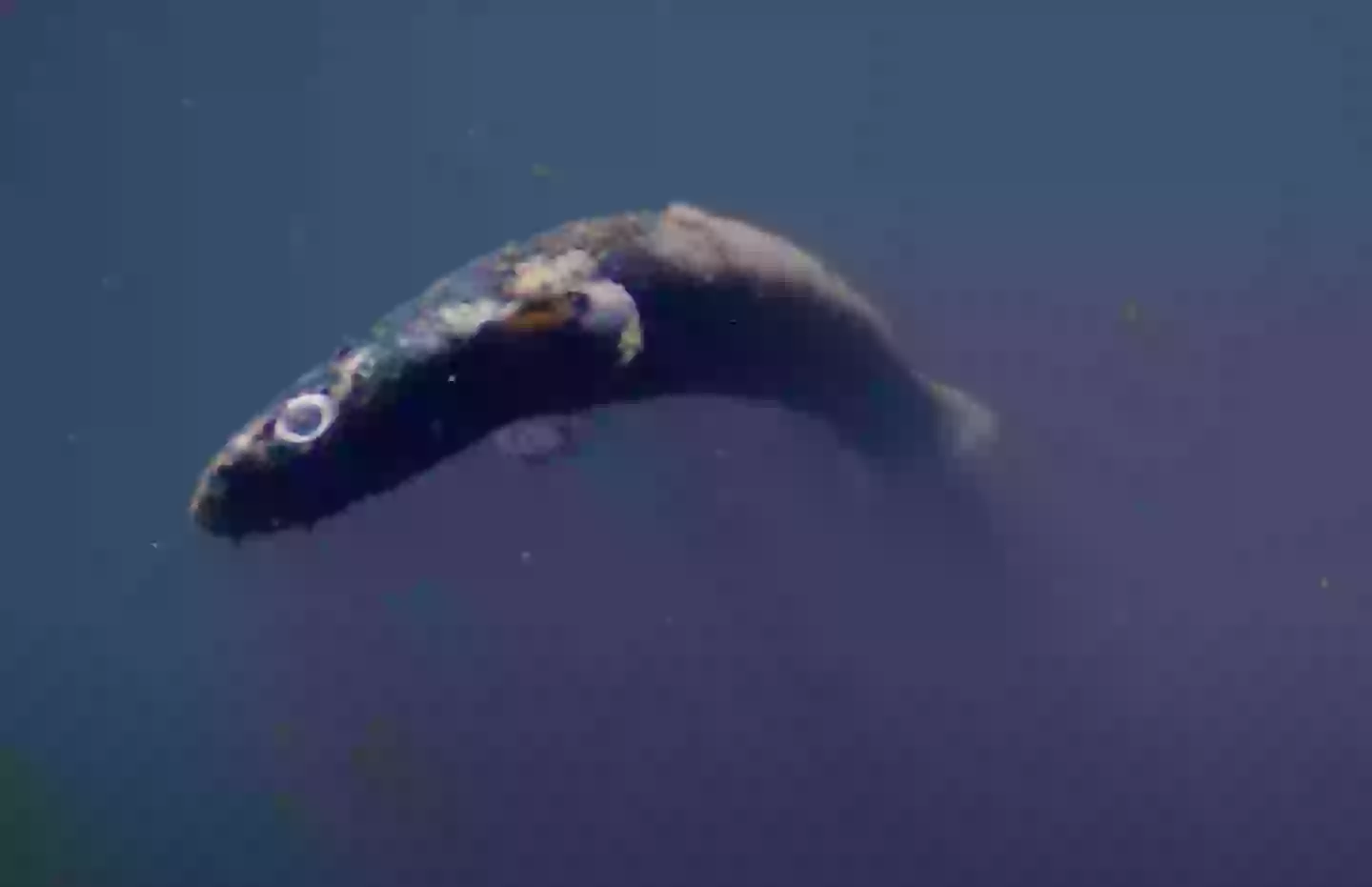
Researchers Discover Astonishing Findings at the Bottom of the Red Sea
You might believe that humanity has thoroughly explored the oceans, but that’s far from the truth.
In reality, a mere five percent of the seas have been investigated, and the presence of so-called ‘death pools’ explains why exploration remains so challenging.
The depths of the ocean are frequently associated with lurking fears, yet you wouldn’t expect something even more ominous to await discovery.
Caution: If you have an aversion to the expansive ocean (or the Red Sea), now is a good time to pledge never to venture into its waters in your lifetime.

The Red Sea is rich with enigmas (Getty Stock Images)
Stay away from these waters, or the chances of returning are slim.
The deep ocean is home to some terrifying creatures, such as the fangtooth, gulper eel, goblin shark, vampire squid, and anglerfish—but that’s not the most alarming aspect.
At least with these notorious beasts, you know what you’re up against — though the vampire squid, despite its name, is far less intimidating.
Currently, a dedicated team of scientists is investigating the depths of the Red Sea, situated between Africa and Asia.
Divers and probes have been deployed, yet what they’ve unearthed are ominous ‘death pools’ in the sea.
The very term evokes dread; but what exactly are they?
Located at the depths of this marine inlet, part of the Indian Ocean, these holes extend beyond the ocean floor and are devoid of oxygen, resulting in an incredibly high salinity level that makes survival nearly impossible for most life forms.

The brine pools pose a deadly threat (Ocean X/YouTube)
Why is this alarming? Because opportunistic predators lie in wait, ready to feast on any unsuspecting prey that wanders too close.
Professor Sam Purkis, chair of the Marine Geosciences Department at the University of Miami, noted that fish encountering these brine pools are often ‘immediately stunned or killed,’ leading predators to gather near these deadly zones to ‘take advantage of the unfortunate.’
However, the discovery of these eerie trenches also provides essential insights into the origins of life on Earth.

Many fish unwittingly swim into danger (Ocean X/YouTube)
Purkis remarked, “Current theories suggest that life on Earth began in the deep sea, likely in environments devoid of oxygen.”
“Studying these communities provides insight into the conditions that may have fostered the emergence of life, which could also inform the search for extraterrestrial life on other ‘ocean worlds’ in our solar system and beyond.”
Thus, examining these pools may significantly benefit space exploration efforts.
Additionally, the lack of biodiversity in these areas offers a unique glimpse into ancient conditions, providing a rare perspective on the past.
He elaborated: “Typically, marine organisms disturb the sediments on the ocean floor. However, in these brine pools, the sediment layers settle without any disturbance, remaining perfectly preserved.”
As research progresses, we expect to learn much more about these eerie death pools—though, personally, I hope to observe from a safe distance while nature reveals its secrets.









